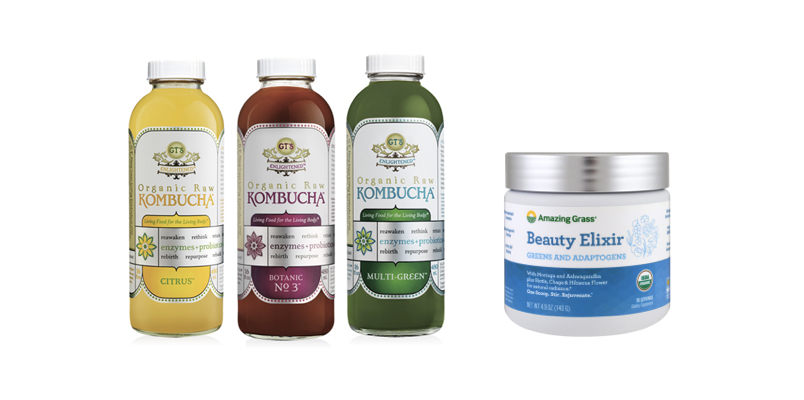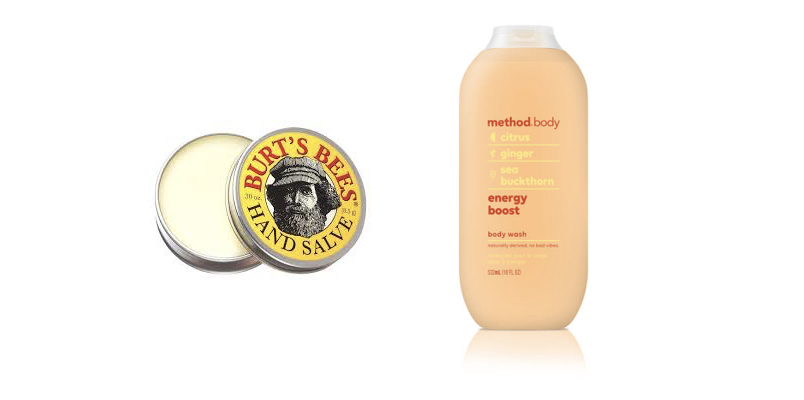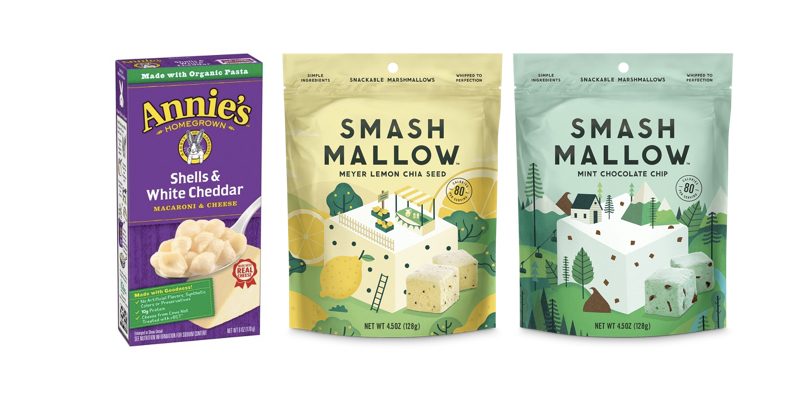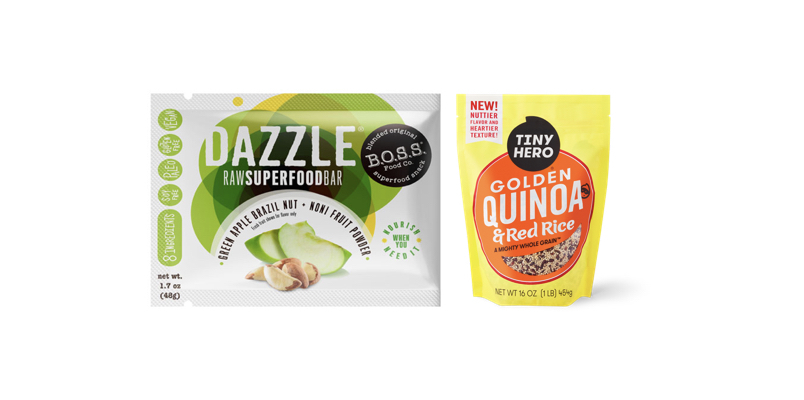Like many experts in the branding world, we look forward to ExpoWest every spring. It’s a collection of the best and brightest in natural foods, as well as a testing ground for its newest developments. It’s massive and immersive, absolutely deserving of the full four days to see everything.
As my colleague Esme recently wrote, “natural is no longer exclusive for die-hard devotees of natural products.” While I was browsing the aisles, I was reminded of how massive and mainstream it has become. With $141 billion in natural product sales generated in 2016, seems like many consumers agree with me. So how can we as consumers, short of becoming health and wellness experts ourselves, find the right product?
It’s no secret that branding plays a subconscious role in the purchase decision-making process. One of the most influential ways consumers emotionally perceive brands is through their archetype. Familiar to many in branding, these are collections of images and motifs that have been repeated throughout human history in our stories, our art, our media. They can be named and have a core meaning, but their “dress,” as it were, changes based on era and culture.
The proliferation of the natural category is the perfect opportunity to examine some of the 12 archetypes and how certain brands are bringing them to life. The Magician, the Sage, and the Innocent archetypes are the most prevalent in the natural category, and Expo West showed how they’re changing.
The Magician archetype is typically curious with the inner workings of the universe, occupied with uncovering its secrets. In the natural category, the Magician was traditionally shown as a sort of mystic, with ingredients taking on an almost unexplained supernatural quality. This falls perfectly in line with the super-fruit ingredient that changes every year. In recent years, however, Expo West has shown how this Magician has become more scientific, heading to the lab to prove the powerful properties of natural ingredients like collagen and adaptogens.

The Sage archetype is the most trusted, revered for its wisdom and enlightenment. This archetype found a home long ago in the natural category, relying on expert opinions in the form of experienced founders to explain and sell a product or new ingredient. But as consumers are, on the whole, becoming more familiar with nutrition and sourcing, the Sage is taking a step back from a founder mouthpiece. Instead, the Sage is letting the product speak for itself, giving space and attention to the star ingredients.

The Innocent archetype is pure and optimistic with no ulterior motives. Endearing and honest, this archetype was commonly used to make natural products as inoffensive and palatable as possible. As natural products flood the shelves, the Innocent now has the social acceptance to play and as such, moved into whimsical territory. The Innocent still needs to get consumers to understand its proposition quickly, especially when a natural food comes from an alternative ingredient source, like seaweed or crickets!

The natural category is gaining more traction, but is still facing a climb towards total market saturation. What has tied these three main archetypes together is their goal in persuading as many people as possible to try their products, in building trust. As Jason Wachob of mindbodygreen said during a panel over the weekend “Trust takes years to build, a second to break, and a lifetime to rebuild. That’s where the category still is.”
It begs the question, what will the natural landscape look like when everyone trusts it?
We predict the next archetypes to have a majority presence will be the Ruler and the Hero. These archetypes, due to their innate personality to be the main character, will naturally do well in a more robust category where they can stand out. As the rate of adoption increases for natural products, a power vacuum will inevitably call for Ruler brands to rise to the top, while Hero brands will enjoy having consumers cheering them on.

Expo West is always an inspiring show and the branding present demonstrated just how fleshed out the natural market has become. As we’ve seen, it’s a diverse category, ripe to expand and define itself further. It’ll be interesting to see how the category evolves over the course of the year and if our predictions are accurate. The examples above are merely five of the twelve archetypes that we’ve spotted, all of which we’re tracking closely. If you’re interested in learning more, please email us at [email protected].
Authored by CBA Brand Strategist, Chelsea Brown.

